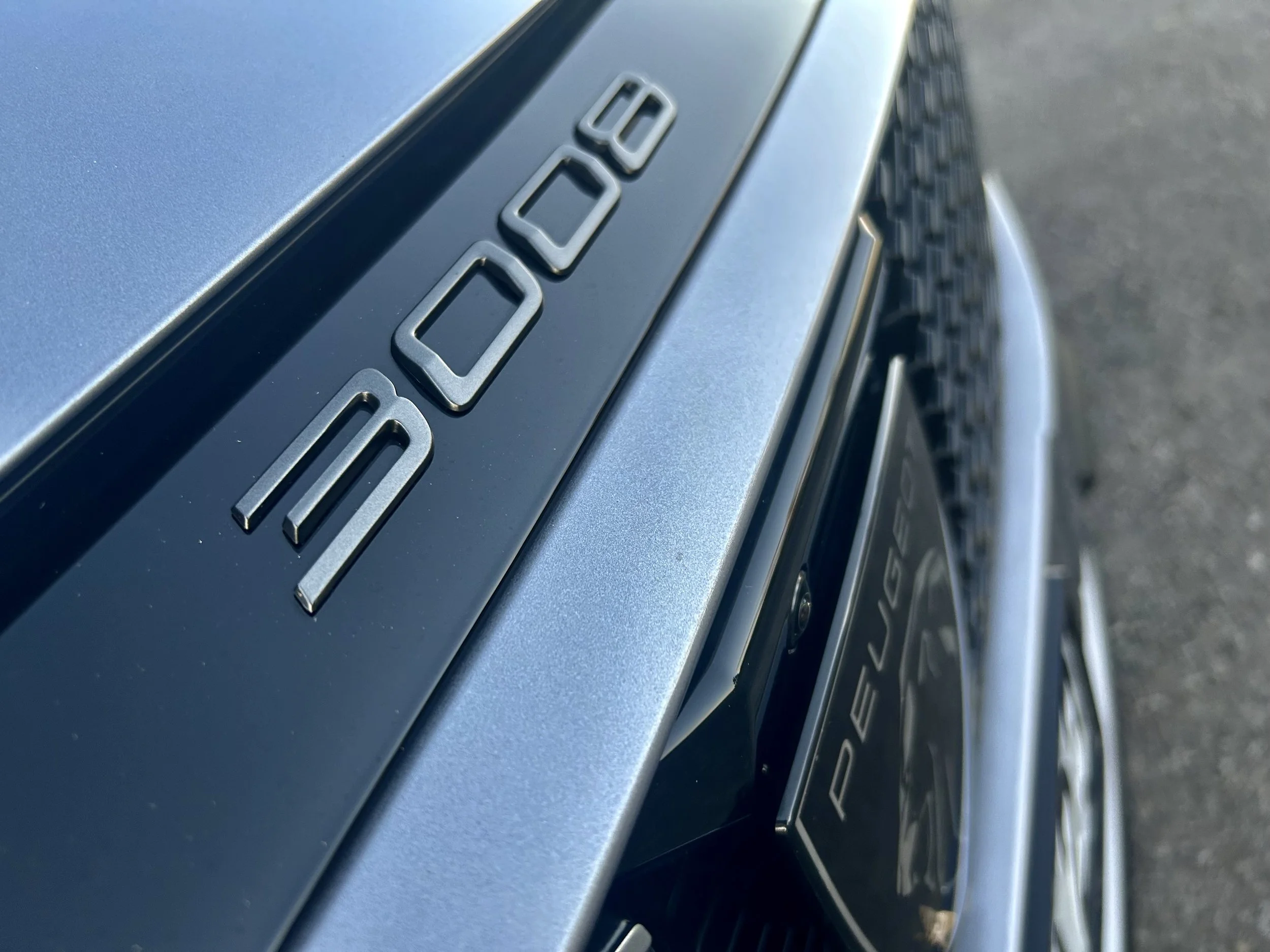Top shelf fitout for battery Corolla
/The battery-electric version of the Toyota Corolla here mid-year seems more corporate than company hack.
SPECULATION that the first hybrid Corolla to be sold here will be kitted out as extensively as the just-announced Australia market version is being detuned by the distributor.
However, in commenting about the hatchback – which runs the same kind of hybrid drive system as the Prius models - Toyota New Zealand has also admitted it erred in telling media last week that it was going to deliver two versions here.
“No, it’s just the one,” spokesman Morgan Dilks said in response to follow-up inquiry about comment attributed to general sales manager Steve Prangnell about having an entry GLX as well as an upscale iTech – the flagship that is also going to our neighbour.
He did not explain how the error had been made.
Toyota here is planning, like our neighbour, to launch Corolla Hybrid in mid-2016, taking the count of Toyotas with the Hybrid Synergy Drive mechanicals to five – the others being Prius, Prius C, Prius V and Camry.
The Corolla has a 73kW 1.8-litre petrol engine mated to a 60kW electric motor, offering a combined output of 100kW and driving through a continuously variable automatic transmission.
As on Toyota’s other hybrids, there’s a selectable electric-vehicle mode will enable the Corolla hybrid hatch to be driven for up to two kilometres at speeds of up to around 45kmh, depending on the level of battery charge and driving conditions. It is expected to use around one-third less fuel than a conventional Corolla while producing similar power.
Australia says its iTech will have premium features include satellite navigation, Toyota Link connected mobility, dual-zone automatic air-conditioning and bi-LED headlamps.
Asked if New Zealand would have the same, Dilks replied: “It is not worth taking the risk of making that assumption.”
Toyota NZ does not intend to discuss the specification, or pricing, until launch.
Corolla Hybrid is not the sole new vehicle on Toyota’s battery-assisted drive plan for this year; next month the Palmerston North-domiciled market leader will introduce the new-generation Prius – the so-called 4G, to si.
Toyota’s determination to take a hybrid Corolla was revealed to Motoring Network in December, 2015, during discussion with Prangnell about future hybrid directions for Toyota and its Lexus premium brand. He is general manager of sales for both brands.
Toyota builds the car in hatchback and sedan formats; the latter primarily for Asia.
The reason for taking the car might come down less to perceived demand than to pricing and advantageous positioning. The new Prius has updated significantly in technology and TNZ has suggested there will be a gap between it and the Prius C, a budget hatch that uses the powertrain from the Prius before last.
Presently the Prius C prices from $26,990 to $30,990 in c-Tech format while the current, but now in run-out, full-sized Prius hatch has started at $46,630. The alternate Prius V, a quasi wagon-MPV, begins just over $2000 above that. The Corolla hatch line begins at $31,990 in GX manual form, with the automatic at $33,590, and tops at $43,790. The Corolla sedan spans from $33,490 (man) or $34,990 (auto) through $43,690.
Traditionally when Toyota offers a hybrid drivetrain as an alternate to a conventional engine in a common car, such as Camry, the battery-assist powertrain carries a premium.
While Toyota Japan is also pushing ahead with its hydrogen car programme, and has launched a car called the Mirai that uses hydrogen to feed a fuel cell that in turn creates electric drive, Toyota intends to hold position as the global leader in hybrid cars as well. It has already sold seven million petrol-electric vehicles since the mid-1990s.
It says the Prius remains a core model in its aim to radically reduce carbon dioxide emissions.
While its aim is to sell 30,000 fuel cell vehicles by 2020 it also expects to rely on hybrids for decades: Around seven million additional cars within five years, making a total count of 15 million on the road by 2020, double the present tally.
The Prius 4G is obviously an improvement over the current model, though surprisingly it still doesn’t divest the same nickel hydride battery technology that has run with the car since 1997 and remains a petrol car with electric assist, for low emissions, rather than a range extender.

















